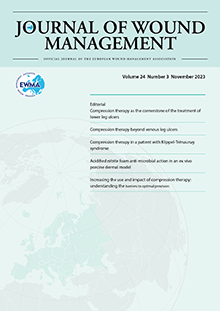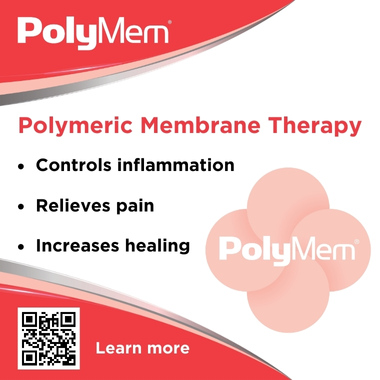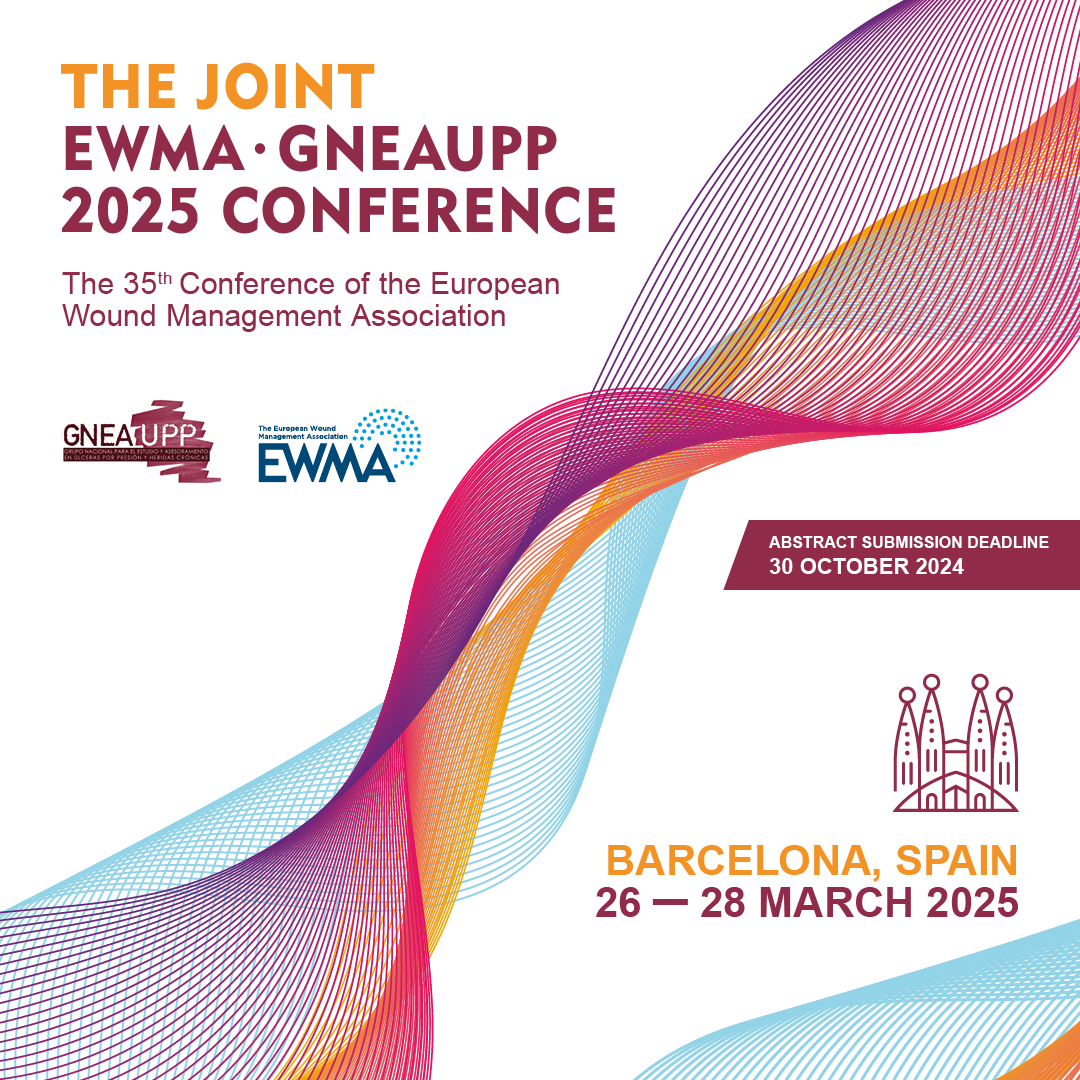 Journal of Wound Management
Journal of Wound Management
Accepted articles ahead of print
Letter to the editor
The general practitioner’s role in wound management
Kirsti Ahmajärvi, Sara Magalhães, Karine Majchzak, Tomi Ranta, Catherine Rodas, Kirsi Isoherranen
Case report
Non-healing foot ulcers in diabetes mellitus and role of biopsy: a report of two cases
Giovanni de Gennaro, Walter Baronti, Laura Sambuco, Edoardo Trapani, Loredana Rizzo
Commentary
The misappropriation of the WHO analgesic ladder for painful chronic wounds: from repair to retirement?
Manuel Gerónimo-Pardo
Case series/case report
Demonstrating negative pressure wound therapy in the management of non-healing surgical wounds: a case series
Doreen Hölper, Rainer Schach, Joanne Handsaker, Catherine McCarthy
Supplement
Cold Plasma An emerging technology for clinical use in wound healing
Apelqvist J, Robson A, Helmke A, Rousseau A, Boekema B, den Braber E, Szili E, Stuermer E, Boeckmann L,
Gaur N, Short R, Bekeschus S, Emmert S, von Woedtke T, Gerling T



